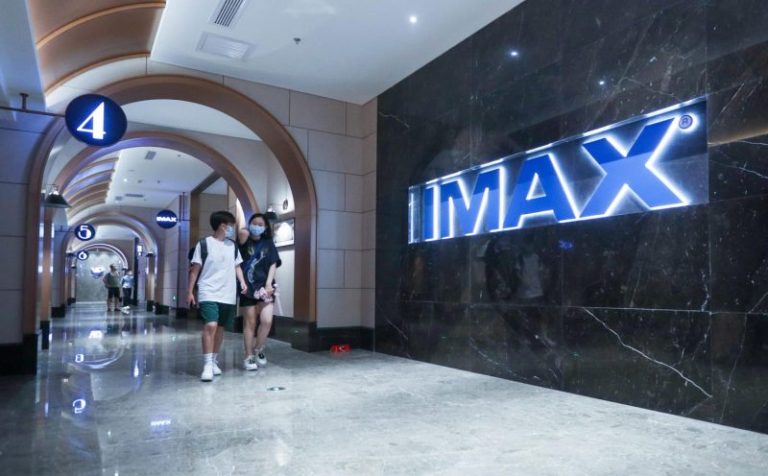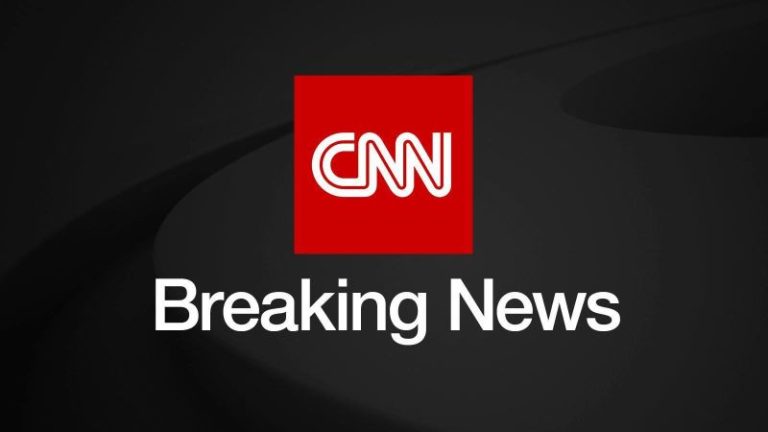Tech billionaire and Tesla CEO Elon Musk announced that all federal employees are being instructed to report their productivity in a new Trump administration initiative.
In a post Saturday on X, Musk said the report will come in the form of an email that will give federal workers a chance to report how productive they were the previous week.
If the email is ignored, Musk said, the federal government will interpret that as a resignation.
‘Consistent with President @realDonaldTrump’s instructions, all federal employees will shortly receive an email requesting to understand what they got done last week,’ Musk wrote. ‘Failure to respond will be taken as a resignation.’
A spokesperson from the U.S. Office of Personnel Management (OPM) confirmed Musk’s plans in a statement to Fox News Digital.
‘As part of the Trump Administration’s commitment to an efficient and accountable federal workforce, OPM is asking employees to provide a brief summary of what they did last week by the end of Monday, CC’ing their manager,’ the official said. ‘Agencies will determine any next steps.’
White House Communications Director Steven Cheung voiced support for the initiative later on Saturday, sharing a screenshot of the email in a post on X.
‘This is such a good idea and even White House staffers can list all of the great things they’ve done this week, just like everyone in the Administration should do as well,’ Cheung wrote.
The post came as Musk’s Department of Government Efficiency (DOGE) continues slashing suspected waste across the federal government. In an X post Tuesday, DOGE said it discovered 4 million active credit cards on the U.S. government’s books.
‘The US government currently has ~4.6M active credit cards/accounts, which processed ~90M unique transactions for ~$40B of spend[ing] in FY24,’ DOGE said in a post on X Tuesday.
President Donald Trump has been supportive of Musk’s work with DOGE. On Saturday, Trump wrote on Truth Social that though Musk is ‘doing a great job,’ he should be ‘more aggressive.’
‘ELON IS DOING A GREAT JOB, BUT I WOULD LIKE TO SEE HIM GET MORE AGGRESSIVE. REMEMBER, WE HAVE A COUNTRY TO SAVE, BUT ULTIMATELY, TO MAKE GREATER THAN EVER BEFORE. MAGA!,’ Trump wrote.
Musk responded with an enthusiastic ‘Will do, Mr. President!’ hours after Trump posted.
Fox News Digital reached out to the White House for additional comment.
Fox News Digital’s Michael Lee and Rachel Wolf contributed to this report.










